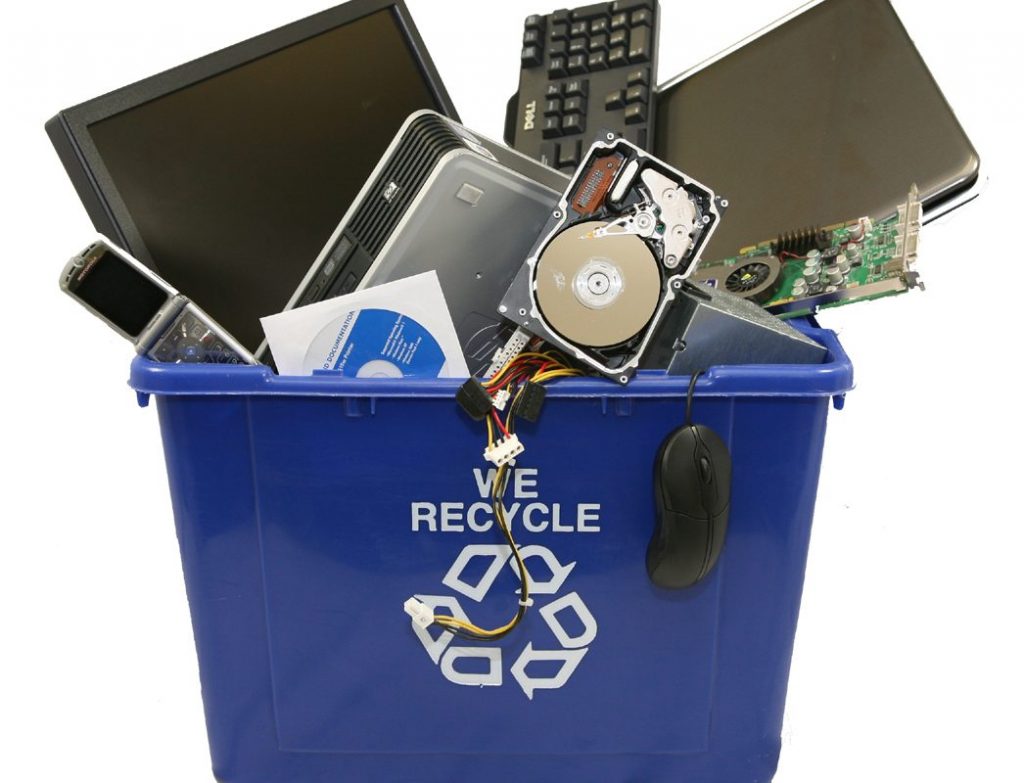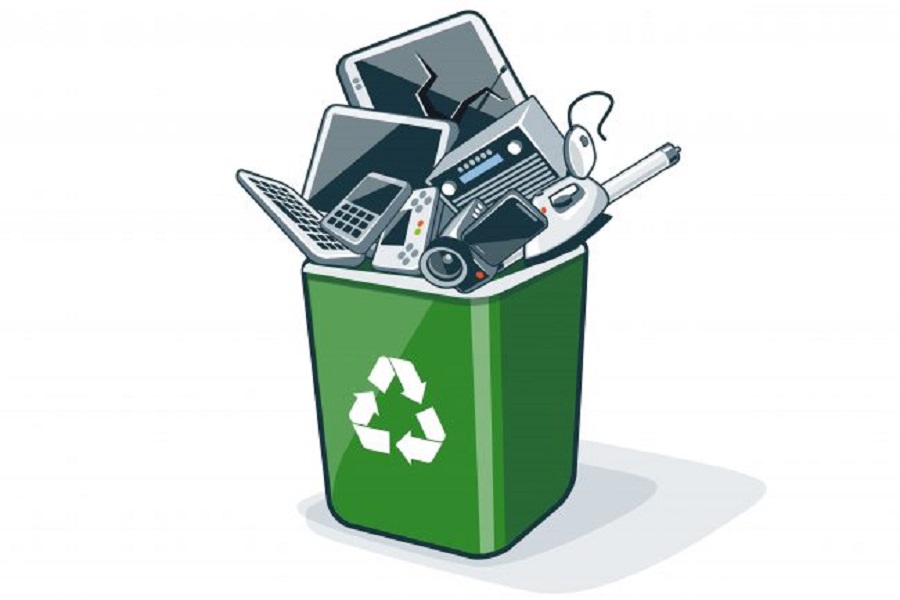Elevate Your E-Waste Monitoring With R2 Certification: an Extensive Introduction
One trick approach to boost e-waste monitoring methods is by obtaining R2 qualification. By exploring the procedures and benefits connected with R2 certification, a deeper understanding of how it can reinvent e-waste administration techniques emerges, dropping light on a course in the direction of sustainability and ethical disposal practices.
Importance of E-Waste Management

When e-waste is not taken care of correctly, these hazardous materials can permeate right into the environment, creating harm to wildlife and potentially going into the food web, presenting risks to human health. Furthermore, the improper disposal of e-waste adds to pollution and greenhouse gas discharges, worsening environment adjustment and ecological degradation.

Advantages of R2 Accreditation

First of all, R2 accreditation improves trustworthiness by showcasing a company's devotion to sustainable practices. It ensures consumers, companions, and stakeholders that the firm follows strict criteria for e-waste administration - r2 certification. This reputation can cause boosted count on and improved relationships with customers who prioritize environmental responsibility
Second of all, R2 accreditation aids alleviate dangers connected with incorrect e-waste disposal. By following the strict guidelines stated by the qualification, companies can minimize the probability of information violations, ecological contamination, and legal effects. This proactive approach safeguards the business's reputation and minimizes possible responsibilities.
Lastly, R2 certification demonstrates a commitment to environmental stewardship - r2 certification. By sensibly taking care of digital waste via accredited procedures, organizations add to the conservation of resources, decrease of air pollution, and promo of a circular economic situation. This dedication not only benefits the atmosphere but also straightens with developing consumer expectations for sustainable business practices
R2 Qualification Process Review
Having developed the benefits of R2 accreditation in advertising integrity, risk mitigation, and environmental stewardship, it is necessary to now detail the comprehensive procedure associated with obtaining this certification. The R2 certification procedure begins with a thorough evaluation of the company's functional plans and treatments to guarantee compliance with the R2 criterion. This first analysis is crucial in determining any kind of voids that require to be addressed prior to continuing further.
As soon as the company's methods straighten with the R2 standard requirements, an independent third-party auditor performs an on-site audit to evaluate the application and performance of these practices. This audit includes a thorough evaluation of documentation, interviews with personnel, and physical examinations of centers to verify compliance.
Adhering to a successful audit, the organization obtains a qualification choice based on the auditor's searchings for. If approved, the organization is provided R2 accreditation, demonstrating its dedication to accountable e-waste management. It is necessary to keep in mind that preserving R2 accreditation requires recurring conformity with the requirement's demands and routine audits to make certain ongoing adherence to best methods in e-waste recycling and disposal.
Secret Requirements for R2 Conformity
An essential element of achieving R2 conformity is making certain that all electronic waste (e-waste) processing facilities satisfy rigid environmental and safety criteria. To abide by R2 demands, companies need to follow vital requirements that focus on liable e-waste administration techniques. These requirements include applying a documented environmental, health, and security management system, ensuring the protected handling of data-containing gadgets, and carrying out detailed downstream due diligence to track the final destination of e-waste products.
Furthermore, R2 compliance requires the appropriate testing, repair, and recycling of electronic equipment to extend its beneficial life and decrease ecological impact. Facilities looking for R2 certification have to likewise prioritize worker health and safety and security by giving necessary training, individual safety devices, and a risk-free workplace. In addition, keeping in-depth documents of e-waste processing tasks and on a regular basis undertaking audits by accredited accrediting bodies are important components of demonstrating ongoing compliance with R2 standards.
Influences of Lasting E-Waste Practices
The application of sustainable e-waste techniques in accordance with R2 compliance not only makes certain environmental and security requirements are satisfied but also dramatically affects the general lifecycle of electronic products. By sticking to R2 requirements, electronic waste monitoring processes end up being extra effective, decreasing the environmental footprint of electronic items. Lasting e-waste practices help with the correct disposal of digital components, making sure that harmful products are handled sensibly and do not wind up polluting the atmosphere.
In addition, welcoming lasting e-waste directory practices advertises the round economic situation by facilitating the recuperation and reuse of useful materials from digital items. This not just preserves precious resources however also decreases the need for basic material removal, minimizing the environmental effect of digital manufacturing. In addition, lasting e-waste practices can add to work development in the recycling and refurbishment industries, fostering financial development while advertising ecological obligation. On the whole, the adoption of sustainable e-waste methods under R2 qualification serves as an essential step in the direction of achieving a much more environmentally lasting electronic devices market.
Conclusion
Finally, carrying out proper e-waste monitoring practices is vital for ecological sustainability and resource preservation. R2 certification plays a crucial duty in ensuring accountable handling and disposal of digital waste. By sticking to the rigid requirements established forth by R2 standards, companies can not just lessen their ecological influence however also add to an extra sustainable future for generations to come.
One secret approach to boost e-waste management methods is by visit here acquiring R2 certification. By exploring the processes and advantages connected with R2 accreditation, a much deeper understanding of exactly how it can revolutionize e-waste management methods arises, shedding light on a course in the direction of sustainability Our site and ethical disposal practices.
The R2 qualification procedure begins with an extensive testimonial of the organization's functional plans and procedures to make sure conformity with the R2 requirement. If approved, the company is provided R2 accreditation, demonstrating its commitment to liable e-waste administration. Overall, the adoption of lasting e-waste practices under R2 qualification serves as a critical step in the direction of achieving a much more eco sustainable electronic devices sector.